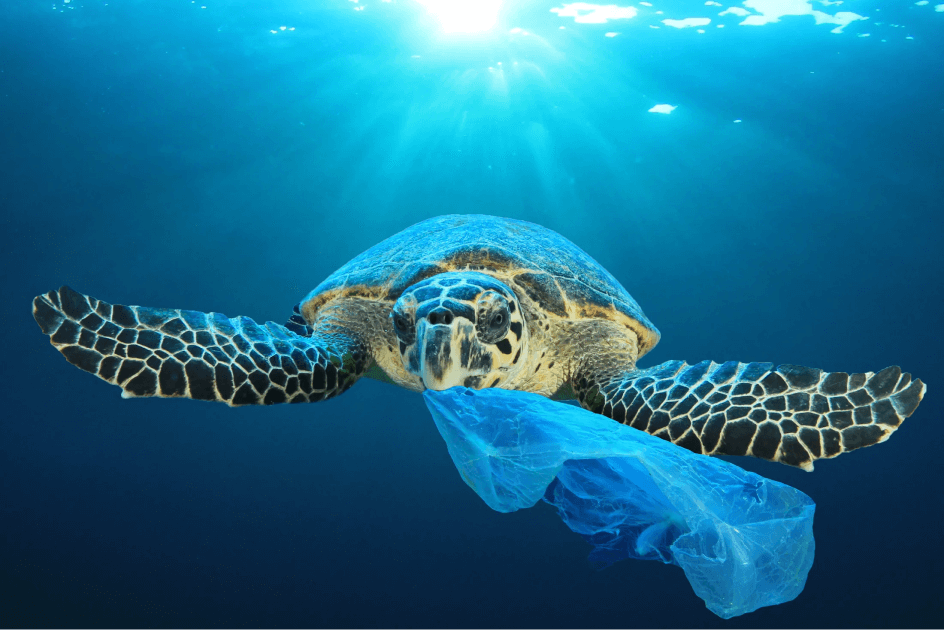What is the primary purpose of the European Sustainability Reporting Standards (ESRS)?
The ESRS, developed under the Corporate Sustainability Reporting Directive (CSRD), aims to prevent failures like the Volkswagen emissions scandal by mandating detailed sustainability reporting. Its primary objectives are to improve the quality, consistency, and comparability of sustainability information, increase corporate accountability, and provide stakeholders with decision-useful data. The European Financial Reporting Advisory Group (EFRAG) led the development of these standards, involving various stakeholders to ensure both rigor and practicality.
How many ESRS standards are currently in place, and what do they cover?
There are 12 ESRS standards: two mandatory cross-cutting standards applicable to all entities and ten topical standards (five environmental, four social, and one governance). These standards provide detailed requirements and guidelines for specific aspects of sustainability reporting. Further sector-specific and non-EU entity standards are planned but delayed until 2026 or possibly later.
What are the three critical requirements reshaping corporate sustainability reporting under ESRS?
The ESRS introduces three critical requirements: double materiality (assessing both financial and impact perspectives), value chain reporting (accounting for impacts across the supply chain), and limited assurance (ensuring data meets assurance standards). These requirements demand a fundamental shift in how companies understand and report their sustainability impacts, requiring new capabilities and embedding sustainability into core business strategies.
What is the concept of double materiality and why is it crucial?
Double materiality is a key feature of the ESRS, requiring companies to assess sustainability from both financial and impact perspectives. Financial materiality considers how ESG topics might affect a company's financial outcomes, while impact materiality evaluates a company's positive or negative impacts on people and the environment. If a topic is material from either perspective, it must be reported. This assessment determines the scope of reporting and must be reassessed annually, with a full review every three years.
What are the challenges of value chain reporting under ESRS?
Companies must assess and disclose information about their upstream and downstream value chains, including products, services, and business relationships. This requires tracking sustainability impacts from suppliers’ suppliers to the end-use and disposal of products. While not every actor needs to be included, companies must focus on those where material impacts, risks, or opportunities arise. This necessitates new data collection systems and close collaboration with stakeholders.
What is meant by limited assurance and why is it required?
The ESRS mandates limited assurance for sustainability reporting, meaning a third-party auditor must review the company's disclosures and materiality assessment process. This provides moderate confidence that the reported information is free from material misstatements. Limited assurance is required in the first year of reporting, adding scrutiny and necessitating robust monitoring and recording systems for assessment methodologies and decision-making processes.
What are the transitional provisions easing the implementation of ESRS?
Several transitional provisions help companies adapt to the new reporting requirements. Large companies already under NFRD start reporting in fiscal year 2024, while other large companies begin in 2025. SMEs with listed securities start in 2026, with an option to opt out until 2028. Additionally, companies can omit Scope 3 emissions data in the first year if impracticable, and comparative data from the previous year is not required initially. These provisions aim to make the transition more manageable by allowing time for data collection and structuring.

































